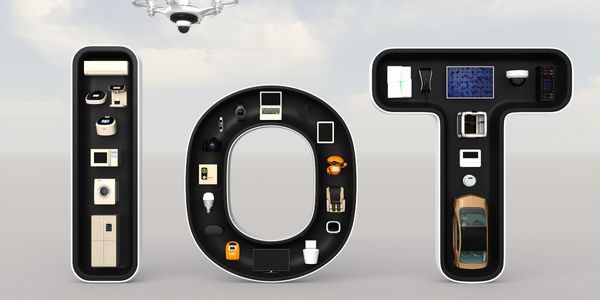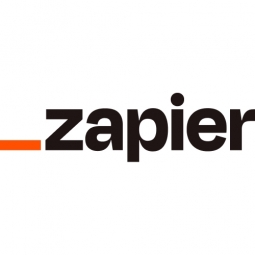- Functional Applications - Inventory Management Systems
- Sensors - Optical Sensors
- E-Commerce
- Equipment & Machinery
- Warehouse & Inventory Management
- Inventory Management
- Picking, Sorting & Positioning
- System Integration
MistoBox is a coffee subscription service that was founded by Connor Riley and Sam Meis in late 2011. The company sends people a sampling of coffee blends from all over the world, tailored to their preferences. Customers tell MistoBox what they like, and the company uses that information to curate a box of coffees compatible with their tastes. The company offers more than 500 different coffees from around 35 different roasters. MistoBox has secured funding on Shark Tank and has a small but energetic team, including a 'director of coffee'. The company prides itself on working with the best coffee roasters and maintaining a high-quality inventory.
MistoBox, a coffee subscription service, faced significant challenges in managing its vast inventory and improving customer retention. The company offers over 500 different coffees from around 35 different roasters, and the availability of each blend changes daily. Initially, inventory updates were handled via email, with roasters sending PDF attachments detailing which coffees were new and which ones were sold out. This process was unorganized, time-consuming, and prone to errors, leading to situations where orders were placed for coffees that were no longer available. This negatively impacted the customer experience and relationship. Additionally, MistoBox struggled with customer retention due to the difficulty in accurately matching customers' tastes with the right coffee blend. The company found that the coffees customers claimed to like were not always what they actually preferred, leading to dissatisfaction and subscription cancellations.
MistoBox turned to Zapier, a tool that connects and automates apps, to streamline its inventory management and improve customer retention. For inventory management, MistoBox used two Zaps (automated workflows in Zapier). The first Zap connected Google Forms to Google Sheets, allowing roasters to enter information about new coffees they were offering. Once a new product was submitted, Zapier automatically added it to an inventory spreadsheet. The second Zap triggered when a new row (i.e., a new coffee) was added to the Google spreadsheet, automatically creating a new product in Magento, the e-commerce system MistoBox uses. This process gave roasters the power to update products themselves, reducing errors and saving time. For sold-out products, a Zap was created to connect Google Sheets to Asana, a task-management app, to remind the team to remove the sold-out product from their online store. To improve customer retention, MistoBox used Zapier to tap into the comments that customers left on their coffee shipments. A Zap was created that watched for new coffee reviews across customers, and when a low rating was detected, it automatically created a new case for that customer in Desk, a help desk app, prompting the team to follow up and find out why the customer was dissatisfied.

Case Study missing?
Start adding your own!
Register with your work email and create a new case study profile for your business.
Related Case Studies.









